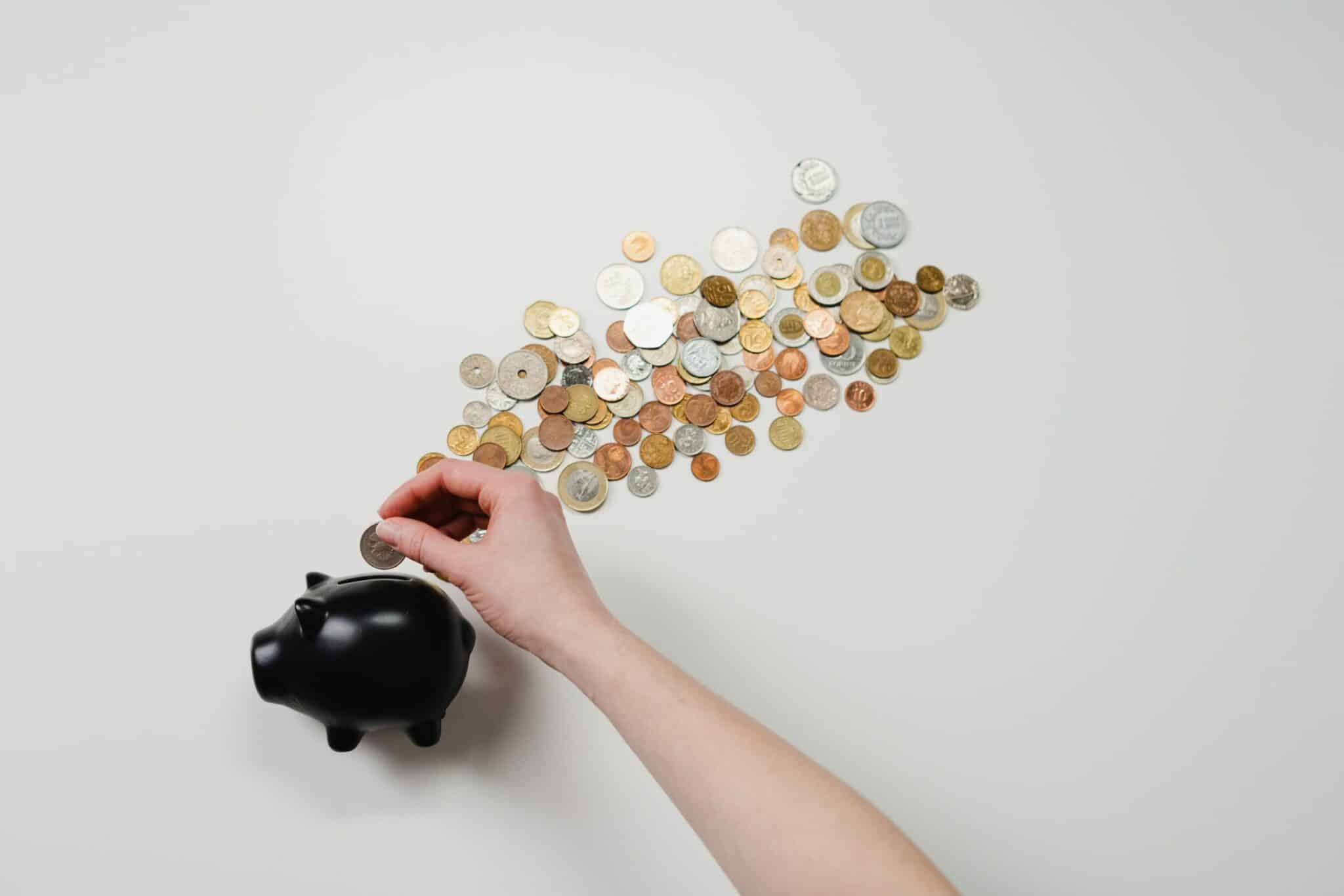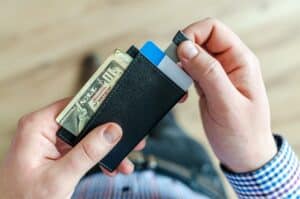Tomorrow morning, I have to write a check and hand it to a contractor. It’s a check I don’t want to write but it’s one that needs to be given. Fortunately, the check won’t cause financial pain and I won’t have to take out a loan or use a credit card to have the contractor start.
A few weeks ago, an intense windstorm hit where I live. My neighborhood took the full impact of the storm. Fifty-foot-tall blue spruce trees toppled over like dominoes. Limbs of ash trees plunked down fences, power lines, and anything unlucky enough to be below. Trampolines were blown from one yard to another.
My power was out for six days. One giant branch, the size of a small tree, punched a four-foot hole in my porch deck, mangled gutters and broke a railing. Another took down a section of a fence. Another snapped a power line and a pipe that connected the power line to the meter and my house. Nature at its full power was on display.
Luckily, no one was hurt during the storm. The financial toll is being counted by my neighbors and me and the cost keeps piling up. From tree removal, electrical work and repairs to fences, gutters and roofs, the bills are expensive.
In my Blueprints process of financial planning for families with a special-needs member, I talk about the importance of emergency funds. Starting a basic emergency fund is crucial for people getting out of debt and having $1,000 to $2,000 in cash (in the bank) to use to break the cycle of relying on credit cards is often the first step for people working to achieve financial security.
The next step is to have a more robust emergency fund – having enough in a savings account to cover three to six months of basic living expenses. These funds buy time when an emergency comes along and can be used to cover household expenses if someone loses a job or winds up in the hospital.
The emergency fund can also be used to pay deductibles and start the clean-up or rebuilding process from accidents. Like when a windstorm blows through town and destroys parts of your house. Trust me, I know.
The recent storm created a mess in my yard. It did not create a financial hardship or cause me to rely on expensive credit to get the house moving towards being back in shape. Why not? Because I have an emergency fund.
My tree had to be removed quickly. My power could not be restored without an electrician fixing something (don’t ask me to explain as I barely understand it). I needed to feed my children even though my oven and cooktop didn’t work and I couldn’t store food, and had to throw out everything in my refrigerator.
To do this, I accessed the funds sitting in my savings. It was there, earning hardly any interest, waiting for this day. My credit card stayed in the wallet as I spent more money than I wanted on things I didn’t want. I wrote checks, paid for work and filled the refrigerator once power was restored.
With my family, we were able to treat the loss of power as something new and different. We had flashlights at night. We plugged in our phones in my office and at neighbor’s houses as power was restored in different places. We dined by light from candles and lanterns.
My insurance company already delivered the first check under the policy. There was a deductible and I am out of pocket for those funds. Ouch, for sure, but not a crisis given that I had the emergency fund.
What happens next? As my contractor gets to work, I will need to buckle down and rebuild the emergency fund. The cost of the storm will be much less than the emergency fund, but still, I need those funds replenished to be ready for the next event that comes through.
The Building Blocks of my Blueprints process pay off over time once we commit to following them. One of the first steps is building an emergency fund. It’s not fun to do it but in times of crisis it buys peace of mind that is invaluable.




